Nara, the capital of Buddhism in Japan
Japan, like Italy, has many tourist destinations and among them are the seven temples of Nara, a destination rich in history and culture.
The 7 Temples of Nara, the capital of Buddhism
Autore: Sara

Those who approach the culture of the Rising Sun for the first time are led to believe that Buddhism has always been a strictly Japanese philosophy, also thanks to the numerous temples scattered throughout the country. In reality, few people know that it was a Korean king who “exported” this religion to Japan! It all began when the prefecture of Nara was the center of politics, culture and economy of the country. The Japanese people were purely Shintoist, that is a follower of “Shinto” (神道): a polytheistic religion of animist type that revolves around the existence of many Kami (“gods”, “spirits”) that are believed to inhabit all things. In 552, King Seond of Baekje, a kingdom in the southwest of the Korean peninsula, brought to the Japanese court a statue of Shakyamuni (historical Buddha) and many satras. The emperor of the time, Kimmei, was attracted and slowly Buddhism established itself as the new state religion.
Nara thus became Nanto Shichi Daiji (南都七大寺), the capital of Buddhist temples built by imperial order, now a world heritage site, and includes:
- Horyuji(法隆寺)
- Houkiji (法起寺)
- Todaiji(東大寺)
- Kofukuji(興福寺)
- Gangoji (元興寺)
- Yakushiji (薬師寺)
- Toshodaiji (唐招提寺)
The Seven Temples of Nara
.
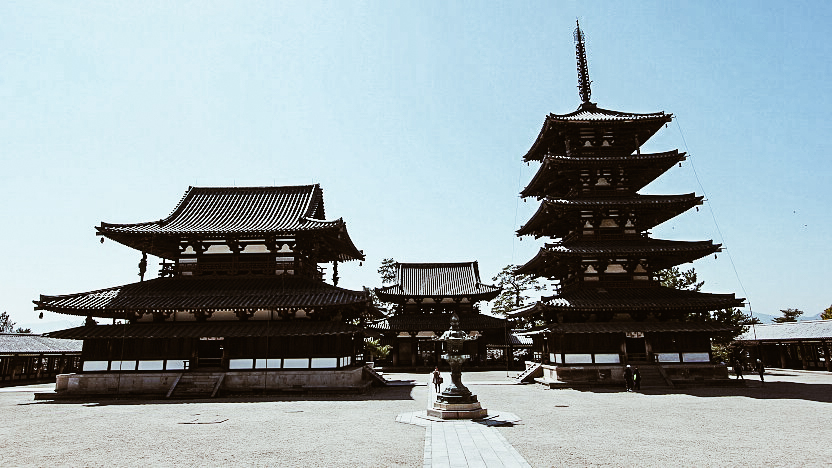
photo credits: https://www.japan-guide.com
Horyuji
Horyuji Temple is the first site to be designated a UNESCO World Heritage Site in Japan. Founded in 607 by Prince Shotoku at the behest of his father, Emperor Yomei, it was rebuilt in 670 following a fire that almost burned it down, and today is considered the cradle of Japanese Buddhism. The area over which the large temple complex stretches can be divided into the west side, Saiin garan (西院伽藍, where the five-story pagoda, golden hall, corridor and internal portal are located) and the east side, Toin garan (東院伽藍, where the octagonal Yumedono (夢殿, the hall of visions) stands.
Official Site: http://www.horyuji.or.jp/assets/images/pdf/english.pdf
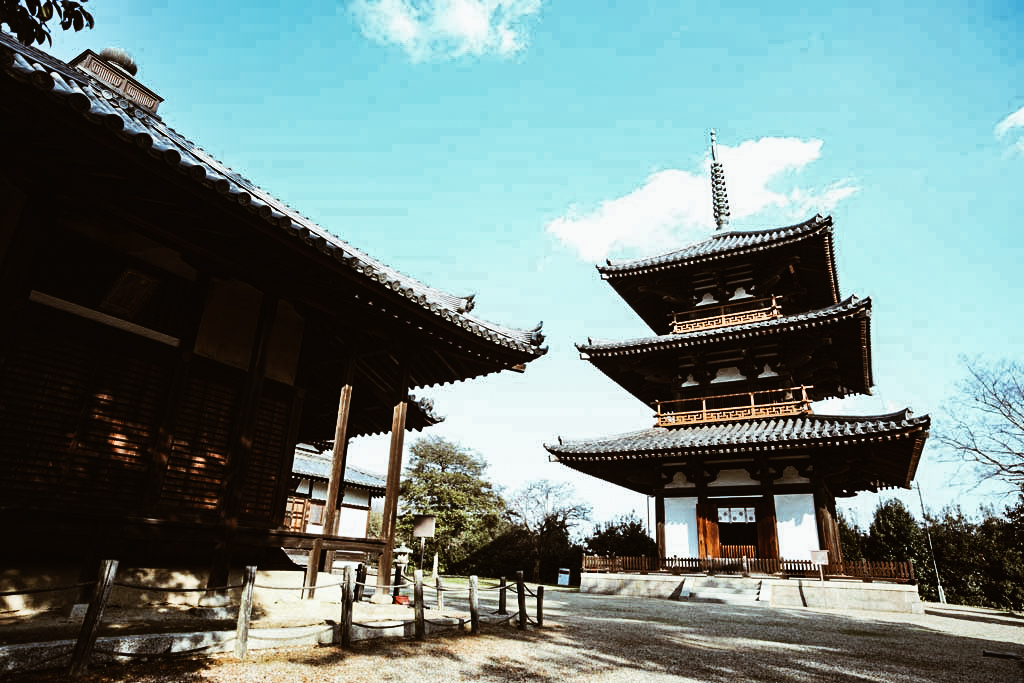
photo credits: masterpiece-of-japanese-culture.com
Houkiji
This temple with multiple identities (it is in fact also known as Okamoto-dera 岡本寺, Okamotoniji 岡本尼寺, Ikejiri-dera 池後寺 and Ikejiriniji 池後尼寺) is located just under 2 km from Horyuji. It was originally the palace of Shotoku Taishi’s family, but before his death he ordered his son Yamashirono-ooenoo to rebuild it in the form of a temple. Houkiji consists of a main hall and a 3-story pagoda, about 23 meters high: the largest and oldest of its kind in Japan (it was built in 685). A symbol of this temple is undoubtedly the 11-headed wooden Kannon and the bronze Bosatsu (both gods of compassion).
Official Site: http://www.horyuji.or.jp/assets/images/pdf/english.pdf

photo credits: shoreexcursions.asia
Todaiji
Todaiji was founded by Emperor Shomu in 752, with the sole purpose of housing the statue of the Great Buddha in the Great Hall (Daibutsuden). After 7 long years of construction, the temple was burned down as a result of war in 1180 and continued to suffer the consequences of conflict until 1567. Restored each time, the temple’s current form dates back to 1709 and its seated Buddha represents Vairocana and is flanked by two Bodhisattvas. The temple’s grounds extend across almost the entire northern part of Nara National Park, so it is not uncommon to come across the famous deer seeking attention!
Official Site: http://www.todaiji.or.jp/english/index.html
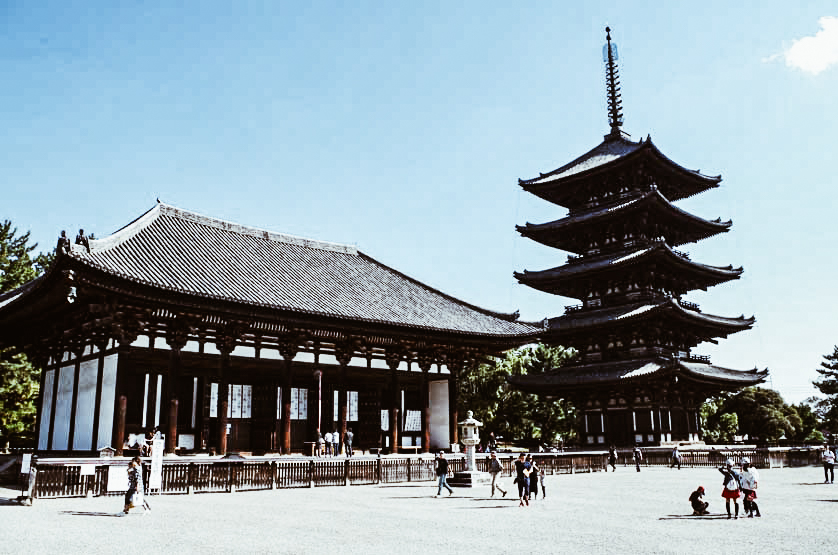
photo credits: japanvisitor.com
Kofukuji
Kofukuji was originally the temple of the powerful Fujiwara clan and one of the main temples of the Hosso (法相宗) sect, one of the six sects of Nanto. The temple consists of several buildings of important historical value and as many as two pagodas: one five-story and one three-story, which unfortunately cannot be visited. To make up for this lack, however, there is the National Treasure Museum where you can admire the statue of Ashura and the bronze head of Buddha.
Official Site: https://www.kohfukuji.com/english.html
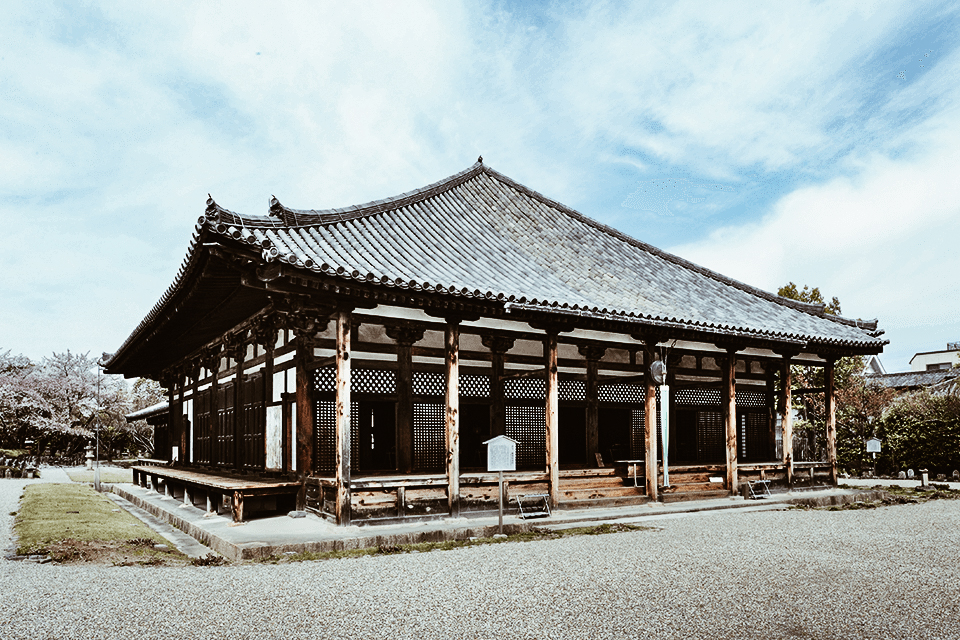
photo credits: kintetsu.co.jp
Gangoji
Founded by Soga no Umako, Gangoji is among the oldest temples in Japan, having been moved from Asuka to Nara in 718. Almost as a gloomy tradition, this temple also suffered the wrath of nature and the devastation of fire and in 1451 almost the entire structure was destroyed and it was no longer possible to recover the ancient splendor of Gangoji except for the Zenshitsu Hall, located at the back, the only original survivor.
Official Site: https://gangoji-tera.or.jp/

photo credits: japan-guide.com/
Yakushiji
Esattamente come Kofukuji, anche Yakushiji è il tempio principale della setta Hosso del buddismo. Fu costruito dall’imperatore Tenmu per sua moglie nel 680. Come ogni tempio, anche questa volta troviamo una grande statua del Buddha: in questo caso Yakushi-Nyorai possiede il potere della guarigione ed è in grado di dare conforto. Inoltre Yakushiji possiede due pagode, una sala dorata ed una collezione di oggetti d’arte buddista, tra cui una Triade Yakushi, un Kannon-Sho e dipinti di grande pregio
Sito Ufficiale: http://www.nara-yakushiji.com/
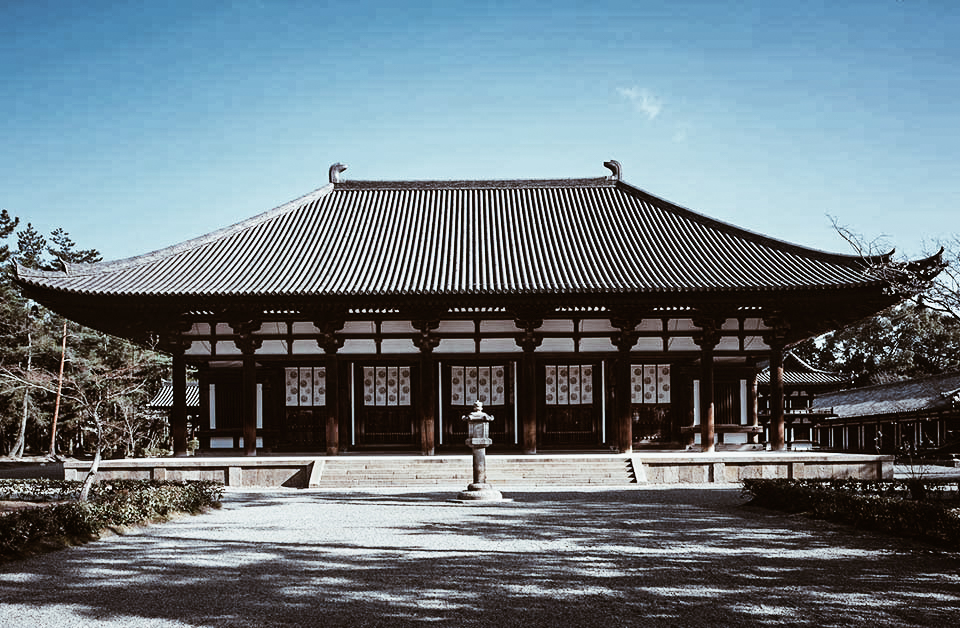
photo credits: toshodaiji.jp/
Toshodaiji
Toshodaiji was the first temple founded in 759 by a Chinese priest, Ganjin, who was sent by the emperor for the purpose of teaching priests and improving Buddhism in Japan. His teachings had a great influence for the country and today it is the main temple of the Rishu (律宗) sect. The main hall, Kondo, contains 9 statues of Buddha!
Official website: https://www.toshodaiji.jp/english/index.html
7 Temples, 7 fascinating wonders dedicated to the care of the soul: although they may seem extremely similar to each other, each building is characterized by unique and precious elements to discover and admire! How about dedicating some of your time to walk around Nara to discover these devout places? Have you already been there? Let us know your impressions and emotions!
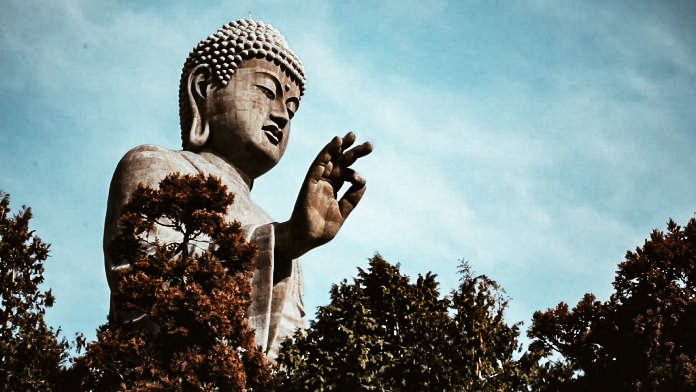
photo credits: thejapanesedreams.com
Share this:
- Click to share on Facebook (Opens in new window)
- Click to share on Twitter (Opens in new window)
- Click to share on Tumblr (Opens in new window)
- Click to share on Pinterest (Opens in new window)
- Click to share on Telegram (Opens in new window)
- Click to share on WhatsApp (Opens in new window)
- Click to share on Reddit (Opens in new window)
- Click to print (Opens in new window)






